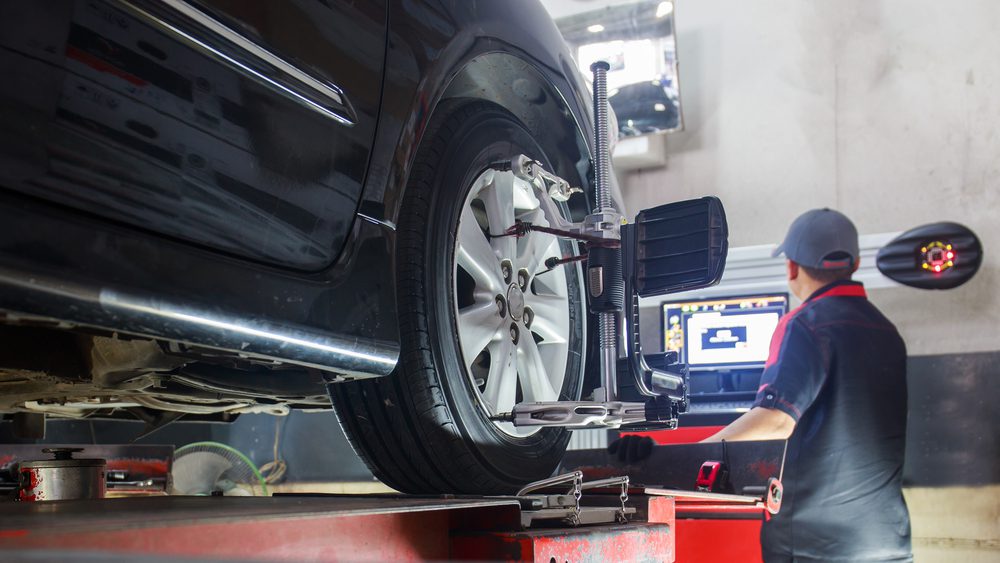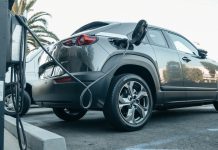Since hitting the automotive retail market in 2010, software for calibrating reconditioning efficiency has revolutionized how auto dealerships get used cars ready for sale. Those using this technology say its use results in their ability to:
- Move more vehicles in fewer days from acquisition to ready-for-sale status
- Increase inventory turn by at least one, improving used car sales volumes
- Reduce holding costs and putting fresher inventory on the sales lot to strengthen sale margins
The first step to this reconditioning is to replace old practices with tightly calibrated workflow software. This tool structures and tracks each vehicle and each step of the reconditioning process in real-time with with complete accuracy. “It’s hard to know where we would be without accountability in our recon processes. With the cost to carry cars today and with internet-driven price sensitivity, we just have to get used cars to the sales lot faster,” says Renard Bergstrom of Bergstrom Cars, Devil’s Lake, North Dakota. No computer spreadsheet or whiteboard on a wall tracking method typically used in recon can manage this multi-faceted, multi-layered and complex phase of automotive retailing as well, dealers say.
“By calibrating reconditioning steps using workflow software, most dealers are able to get cars through reconditioning faster. The technology identifies the steps, processes and delays to eliminate to achieve this efficiency,” notes Dennis McGinn, Founder and CEO of Rapid Recon. For instance, when this calibration is first applied to most recon shops, it shows most on average are taking eight to 15 days to move cars through the process. This calibration starts when cars are entered into dealer management system at acquisition and stops only when the car is determined to be retail-ready and placed on the sales lot. Many dealers using recon software report how it helps them reduce their reconditoning times can cut this time to three to five days. McGinn calls this acquisition-to-lot phase time to line or T2L. “From onboarding forward, we pay very close attention to these time frames, so a car taking seven to 10 days should stick out like a sore thumb. We now average a four-day T2L,” says J.D. Dantzler, GM for Manly Auto Group, serving Northern California. Calibration pays huge dividends. While the average will vary by brand and dealer overhead, the average cost to a dealer to hold used inventory is $40 per day per car, says NCM Associates. As this holding cost or burden accumulates, it erodes actual sales margin when the car does sell. Reduce by five days a 10-day recon cycle and a dealer reduces holding cost by $200 per car when it’s placed on the sales line, McGinn says. In this example, a 10-day T2L runs up $400 per car and a five-day T2L half that. There is no getting around this. Here, the choice is whether a dealer wants to continue a inefficient recon department that erodes potential margin by $400 immediately when placed on the sales lot – or instead reduce that erosion to $200. In his recent book, Recon T2L, The Starting Line for Reversing Margin Compression, McGinn provides additional economic arguments for calibrating the reconditioning process. “For our industry, reducing T2L to a realistic five days means that for the 38 million used cars sold in the U.S. each year we would recover $65 billion a year in time, labor and dollars. “On the individual store level, this number is about $1 million. How many more cars would a dealer have to sell to make $1 million in gross – or how much expense would the dealer need to cut to achieve the same? he says. “Everyone who works with used cars here knows the faster we can get them to the sales lot the better chance we have of selling them at the highest gross,” notes Tom Dunn, general manager for the Fred Martin Superstore, Barberton, Ohio. Trent Waybright, vice president of Pre-Owned Operations at Ft. Wayne, Indiana’s Kelley Automotive Group, wondered if that was true. To discover if so, he pulled sales gross data from Kelley Chevrolet’s DMS for every vehicle having passed through recon and sold in 2016. Similarly, he extracted those vehicles’ average travel times through his calibrated T2L recon processes. The store’s original recon cycle was 15 days. Once being managed and monitored by T2L software, that time dropped to 7.4 days. It dropped to 4.4 days as staff gained familiarity and experience with the rapid reconditioning model, which saved the used car operation $291,951 in gross. Continued calibration cut out additional 1.4 days, adding another $399,446 in overall savings. Jerry Heinecke is Director of Used Car Operations for the seven-dealership Morrie’s Automotive Group serving metro Minneapolis, Minnesota and Chippewa Valley, Wisconsin. One of his most useful calibration tools is the group reporting tool produced by his reconditioning software. It gives him visibilty into the group’s reconditioning centers. “This snapshot gives me reconditioning metrics to track, monitor, and manage essential benchmarks, such as time to line to share among our teams. Comparing one store’s performance to another’s is an excellent way to create a competitive environment within our stores,” Heinecke said. “Every car guy tells you he or she can get cars frontline ready in 24 hours with no aging and with good grosses, but unless you track the metrics you do not know, and you cannot know that whether what you hear is true,” Heinecke said. “To manage all the variables of a modern recon operation, you have to have tight tracking practices, know the data you’re basing the decision on is right, and only then is it possible to hold people accountable for realizing the results you expect.”








